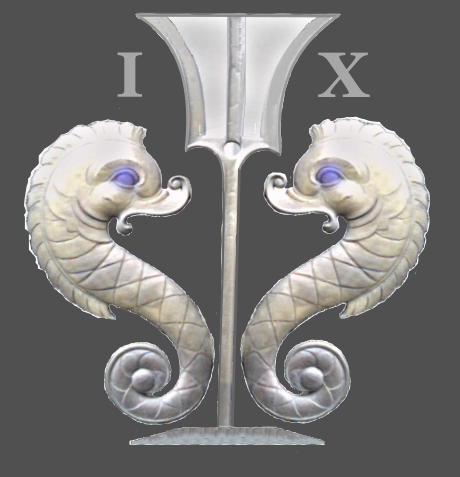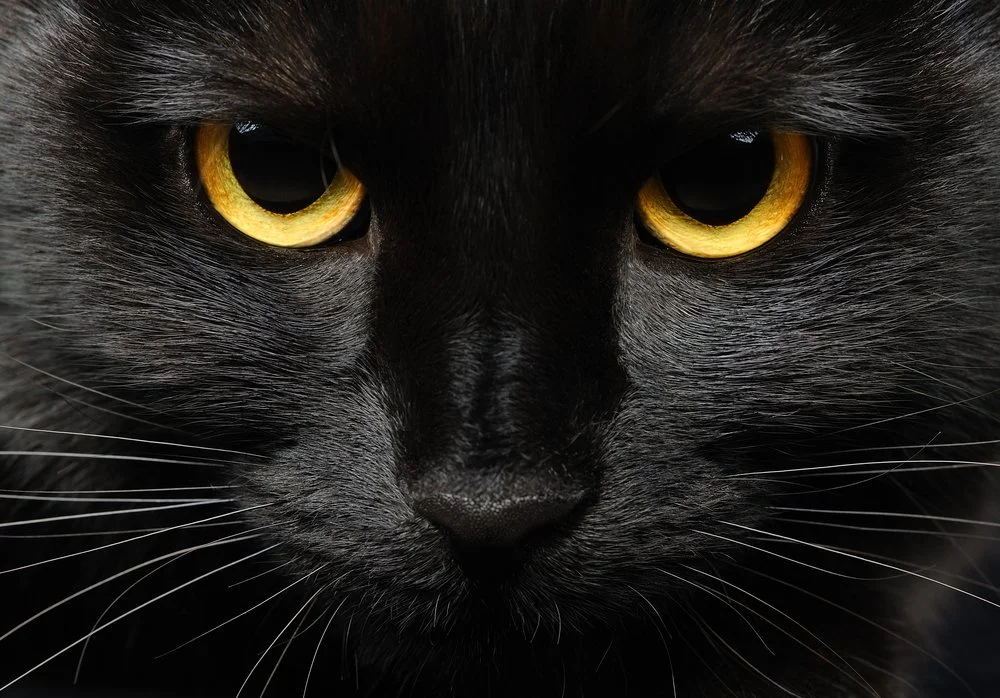Halloween – Celebrating Samhain
/“There’s a little witch in all of us..”
Image Credit: Celtic Nations Magazine
The Celtic celebration of Samhain (SOW-win) dates back millennia. Samhain was a festival that marked the end of the harvest season and ushered in a new year. During Samhain, the veil between the worlds of the living and the dead was believed to be especially thin, allowing people to communicate with loved ones who had passed away. There was always the threat, however, of an evil spirit seeking revenge for some transgression.
"Halloween" is a contraction of "All Hallows' Eve", the name for the evening before All Saints' Day on November 1st. Hallowed translates to ‘holy’ and it was traditionally a vigil observed by early Christians who would pray and fast to prepare for the feasts of All Saints' Day and All Soul’s Day. As was typical in the early days, Christians ‘borrowed’ many pagan/secular holidays to fit the Church calendar.
Early traditions included lighting bonfires and wearing masks and costumes to disguise the living, keep away wandering spirits and ward off evil spirits. The customs and traditions continue into the 21st century although modified and definitely commercialized.
Samhain bonfire Image credit: YourIrish.com
Today, Halloween is the second-highest-grossing commercial holiday in the U.S., after Christmas, with consumers spending billions on decorations, costumes, and candy. It’s not just the USA that celebrates the holiday, though. European countries, especially Ireland, Scotland, and the UK, as well as many Latin American countries, celebrate these age-old traditions. It’s even catching on in Asia.
As for me, I’m interested in the background of Halloween traditions, and surprisingly, it was the Library of Congress website that provided the most comprehensive information.
Los Angeles Herald (Los Angeles, CA), October 30, 1910
The carving of Jack-o’-Lanterns, for instance, originated in Ireland, except the Irish used turnips instead of pumpkins. Use what you got! The custom is allegedly based on a legend about a man named Stingy Jack who repeatedly trapped the Devil and only let him go on the condition that Jack would never go to Hell. But when Jack died, he learned that Heaven did not want his soul either, so he was forced to wander the Earth as a ghost for eternity. The Devil gave Jack a burning lump of coal in a carved-out turnip to light his way. Locals eventually began carving scary faces into their own turnips to frighten away evil spirits.”
The ritual of trick-or-treating has debatable origins. One theory suggests that on Samhain, Celtic people would leave out food to appease wandering spirits. Eventually, folks dressed as the ‘wandering spirits’ to take advantage of the free food and drink.
Our nephews and nieces et al love the costumes and trick-or-treating Image credit: Lin Lemay
Another theory suggests it was the Scottish tradition of ‘guising’, aka ‘souling’, when poor children and adults would collect food and money from the locals in exchange for promises of prayers for the dead. Guisers eventually dropped the prayers and resorted to ‘tricks’… or treats.
‘Belsnickeling’ (great word!) was a German-American tradition where kids costumed up and adults tried to recognize them. Treats were given out. Maybe this contributed to the American version of trick-or-treating? Maybe it was a compilation of all of these theories practiced by each ethnic group when it arrived in the States, which morphed into the multi-billion-dollar business it is today.
So, why are black cats considered so spooky? It seems this concept dates all the way back to the Middle Ages, when ‘chats noirs’ were symbolic of Satan. Cats were later considered ‘familiars’ of witches, and it seems we never got over that correlation.
Lastly, the colors black and orange are usually associated with Halloween, and this tradition, too, dates back to Samhain. Black represented ‘death’, in this case, the death of summer. Orange symbolized autumn and the harvest season. Some things just don’t change.
Are you celebrating Hallowe’en this year? Do kids still trick-or-treat in your neighborhood? Do you get costumed up?
We plan to attend a small neighborhood get-together (no costumes required) and then walk our neighborhood to take in all the Halloween displays. Some of our neighbors really get into this holiday.
How about reading Poe’s ‘The Tell-Tale Heart’ or Washington Irving's "The Legend of Sleepy Hollow" to get into the mood? Or you could invite a witch to tea!







